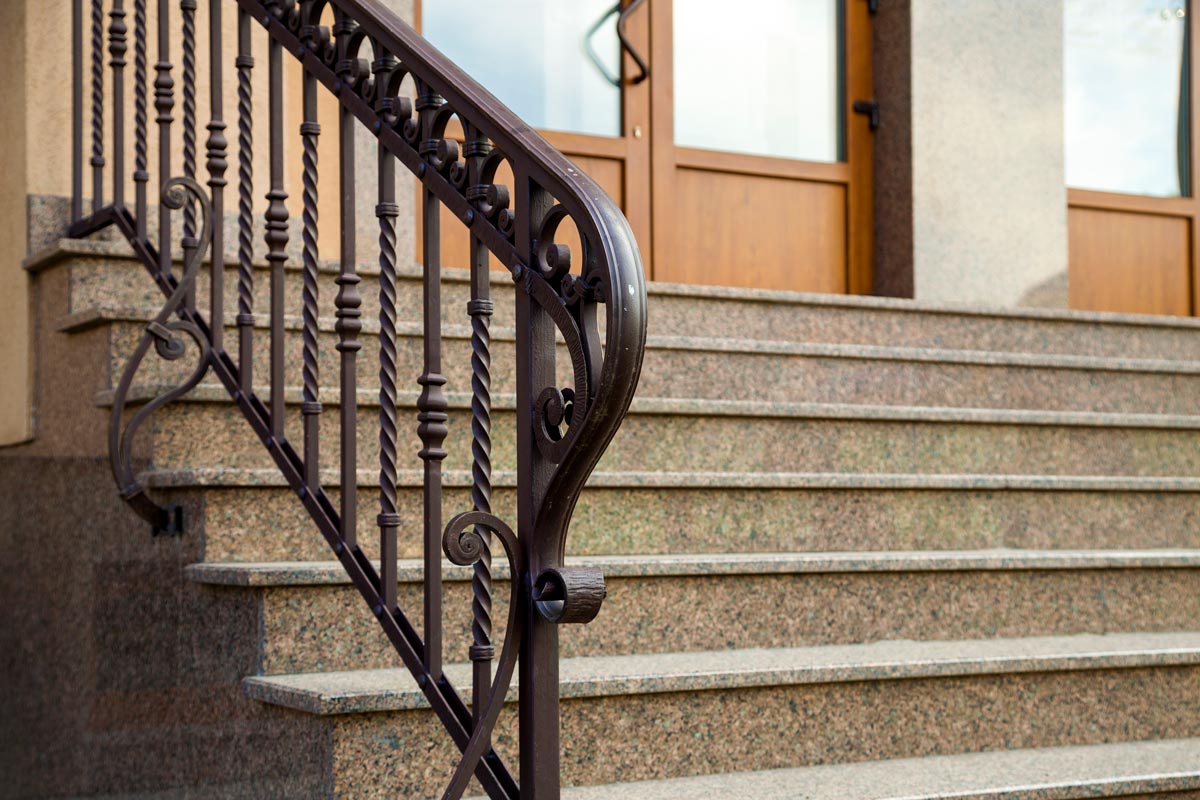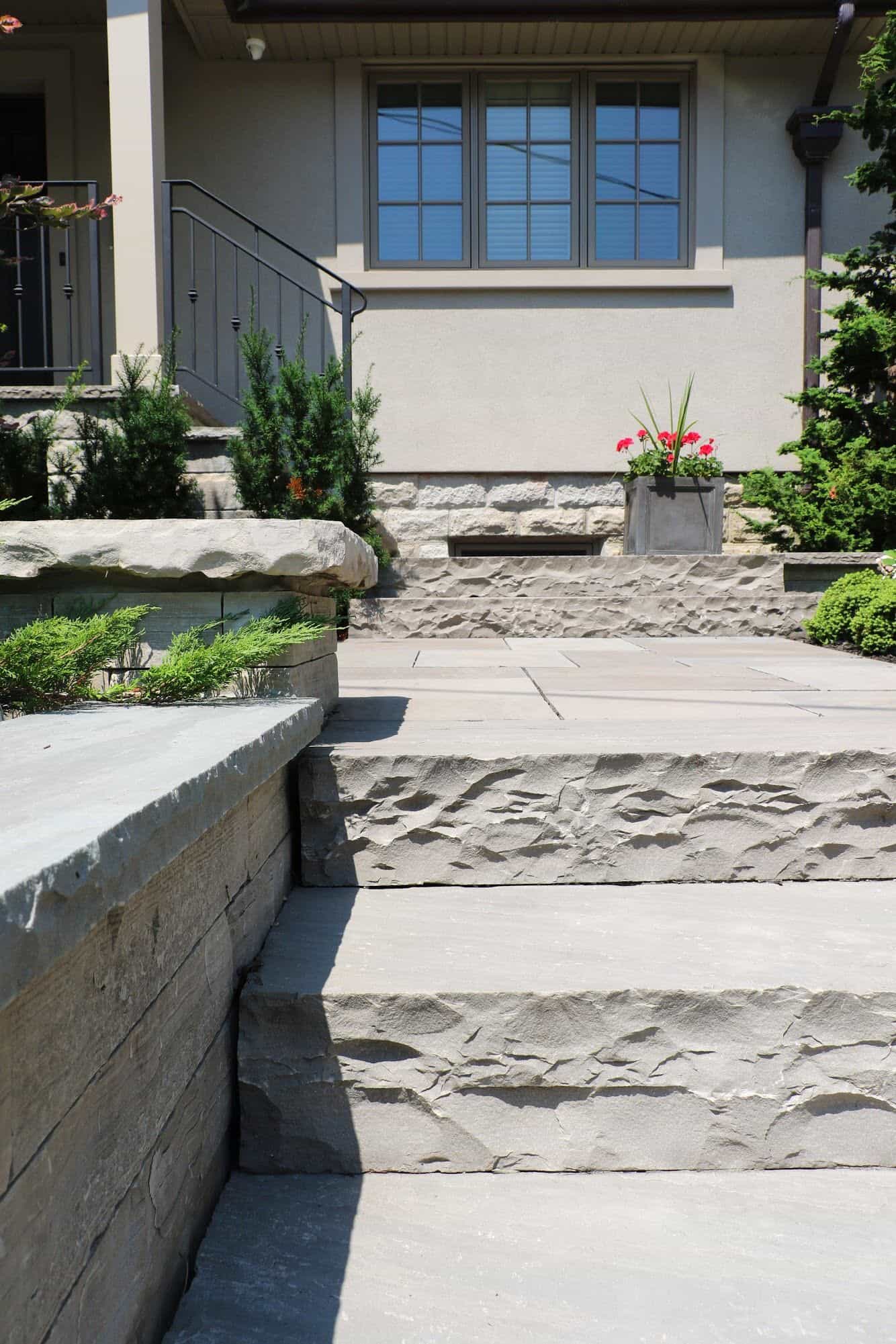The Ultimate Guide to Choosing the Right Natural Stone for Your Construction Project
Selecting the right stone for a construction project is an important decision that can impact both the aesthetic and structural integrity of the finished work. With so many options available, it’s essential to understand the properties of each type of stone, and when it’s best to use. This guide will help you find the ideal stone for your construction needs.
Understand Your Project Requirements
Before going in-depth on each stone type, it’s important to determine your project’s specific needs. The location, climate, intended use, load-bearing requirements, and desired appearance should be considered. Addressing these considerations will help you make the right decision when selecting the best-suited stone for your construction.
Types of Natural Stone
Granite
Durability: Granite is renowned for its hardness and durability, making it an excellent choice for high-traffic areas and exterior applications.
Appearance: It comes in a wide range of colors and patterns, with each slab offering a unique look.
Maintenance: Resistant to scratches and stains, granite requires minimal upkeep, often just regular cleaning.

Marble
Elegance: Marble is synonymous with luxury and is often chosen for its classic beauty and elegant veining.
Versatility: Ideal for interior surfaces like countertops, floors, and walls, marble can also be used in exterior applications if properly maintained.
Care: It is more porous than granite, so it requires sealing and careful maintenance to prevent stains and etching.

Limestone
Aesthetic: Limestone offers a natural, earthy appearance with a relatively consistent color palette, making it suitable for a cohesive design theme.
Functionality: It is commonly used for flooring, wall cladding, and outdoor paving due to its reliable performance under pressure.
Consideration: Being softer and more porous, limestone needs sealing to protect against stains and weathering.
Slate
Texture: Slate has a unique cleft texture and is available in various shades of grey, green, and blue.
Durability: It is highly durable and resistant to both fading and weather, ideal for roofing, flooring, and outdoor walkways.
Maintenance: Slate is low-maintenance but may require sealing in wet environments to prevent flaking.

Sandstone
Visual Appeal: Known for its rich, warm tones, sandstone provides a rustic charm that complements natural surroundings.
Use: It’s a popular choice for outdoor patios, garden paths, and landscape features.
Weather Resistance: While durable, sandstone is softer than granite and slate, so it may wear over time, especially in areas with harsh weather conditions.

Factors to Consider When Choosing Stone
Climate Compatibility
The stone you choose depends on the local climate. For example, non-porous stones like granite are better suited for areas with freeze-thaw cycles. Select an option that can withstand the local elements.
Color Stability
Some stones may fade over time when exposed to sunlight. If color preservation is crucial, consider UV-resistant options or plan for a maintenance routine that includes sealing.
Texture and Slip Resistance
For flooring, especially in wet areas, slip resistance is crucial. Textured stones like slate offer better grip compared to polished marble, reducing the risk of accidents.
Weight and Support
Not every piece of natural stone weighs the same. The weight of the stone will affect transportation costs and the structural support needed. It’s a good idea to ensure your construction can handle the load of heavier stones like granite before coming to any conclusions.
Budget
Natural stone varies widely in price. Set a budget early on to save time while browsing and discuss cost-effective options with suppliers or contractors.
Conclusion
Choosing the appropriate stone for your construction project involves many considerations including visual appeal, functionality, and cost. By understanding the unique qualities of each stone type and considering the specific needs of your project, you can make an informed decision. Using the right stone can make all the difference in building your dream space.

